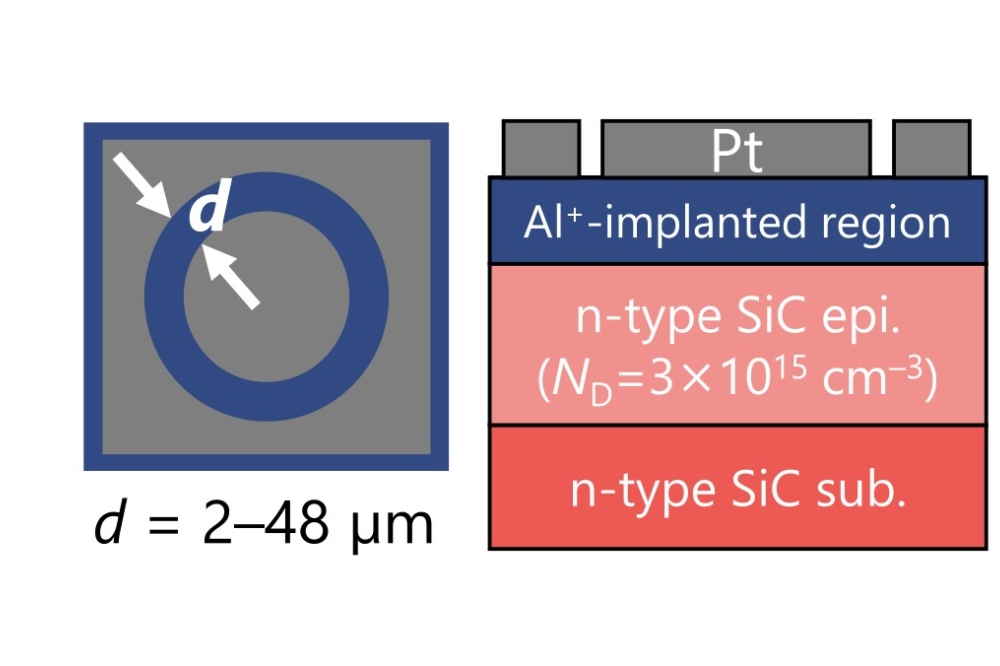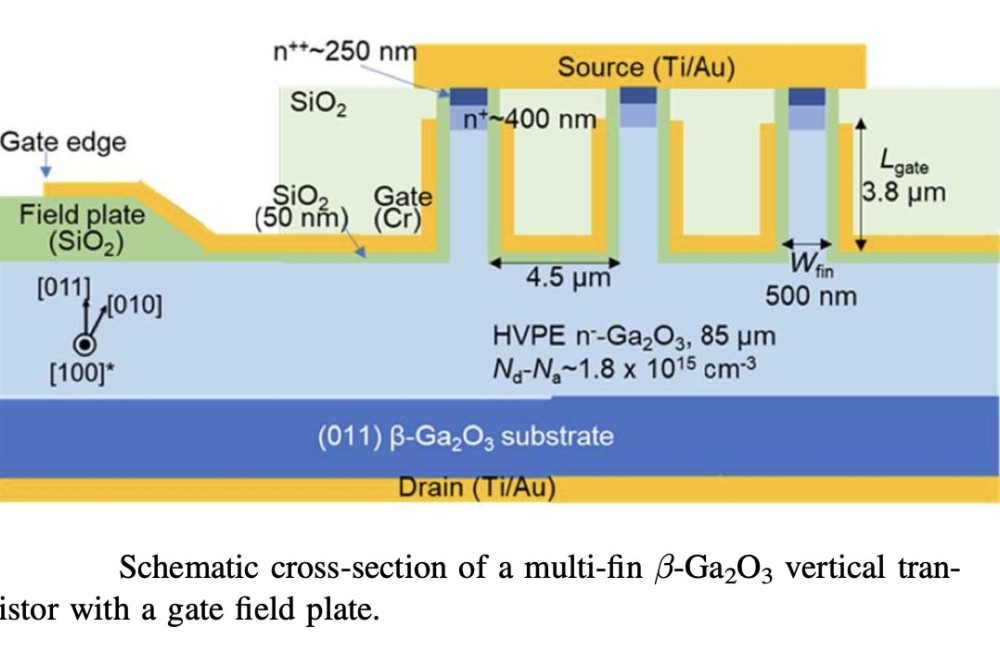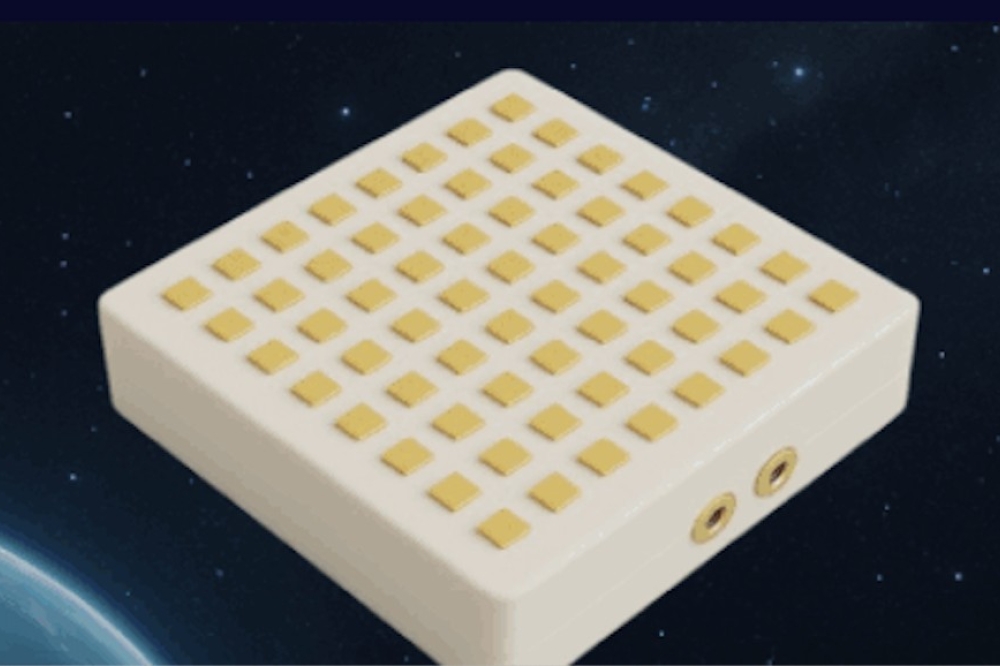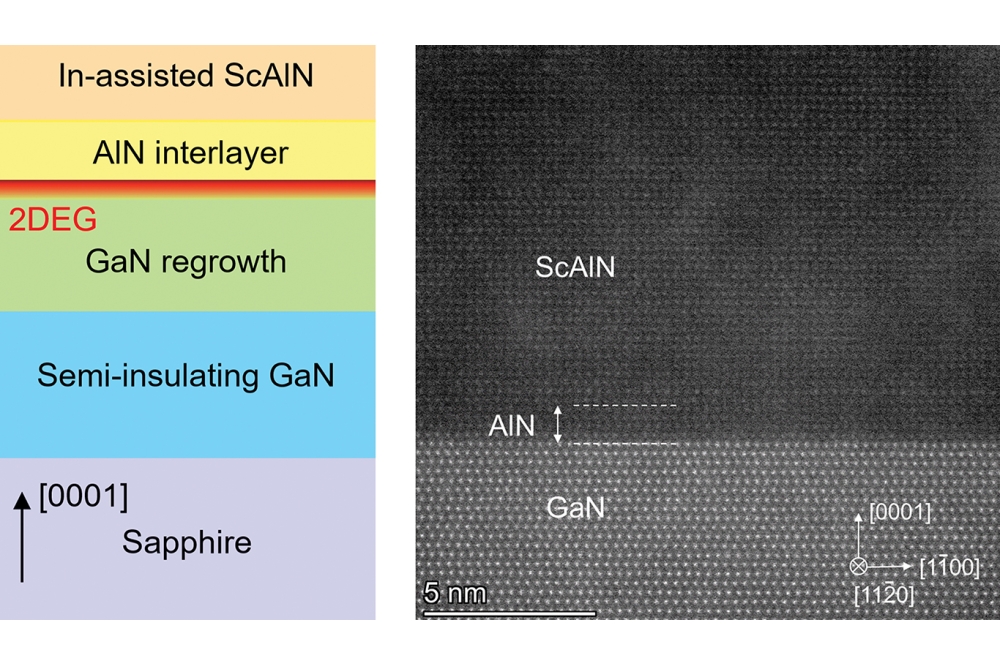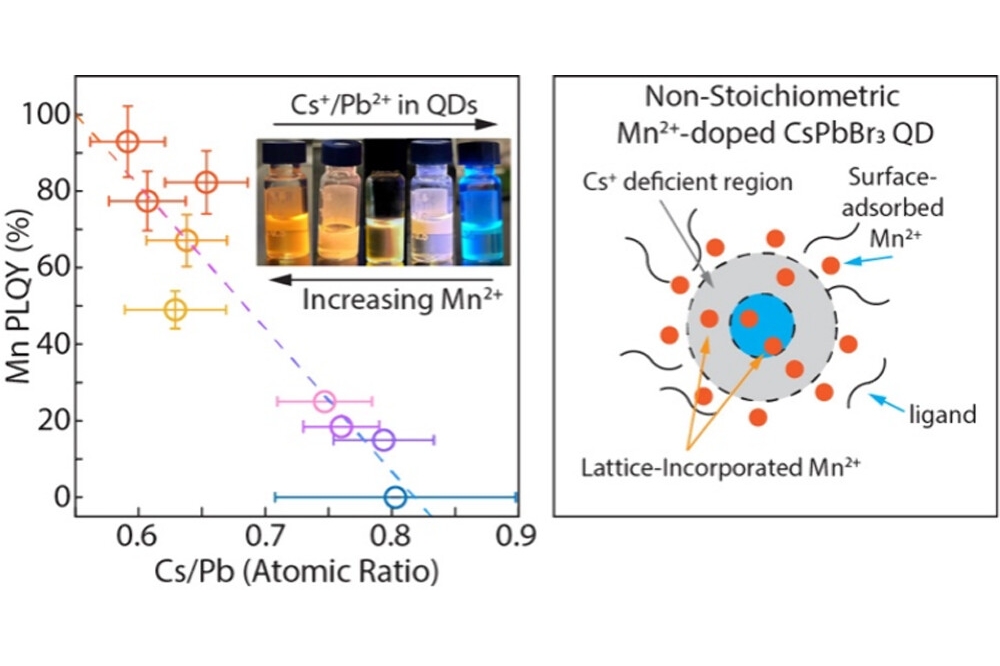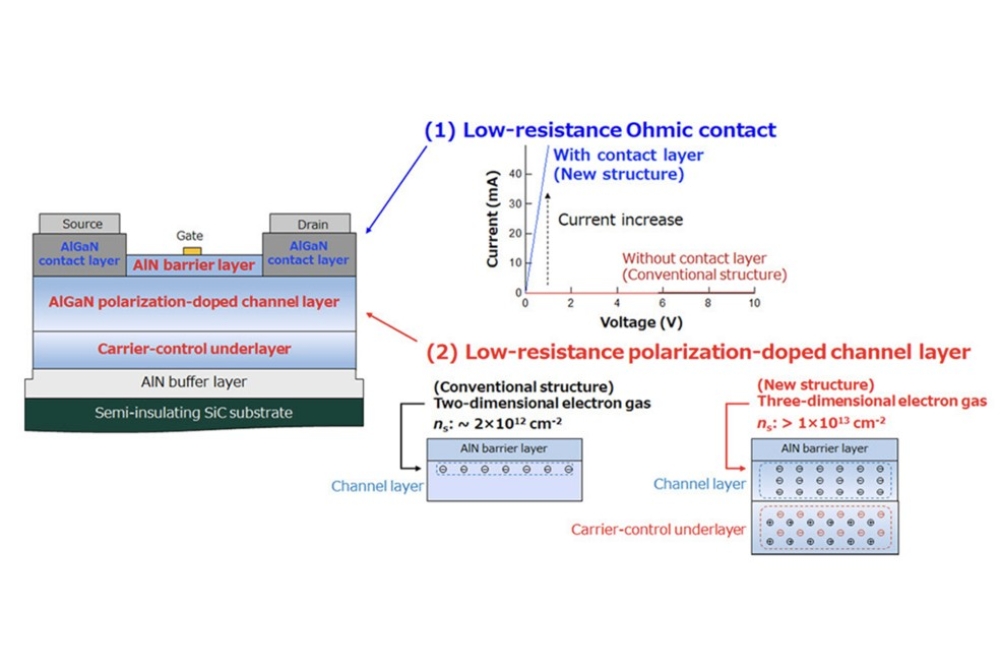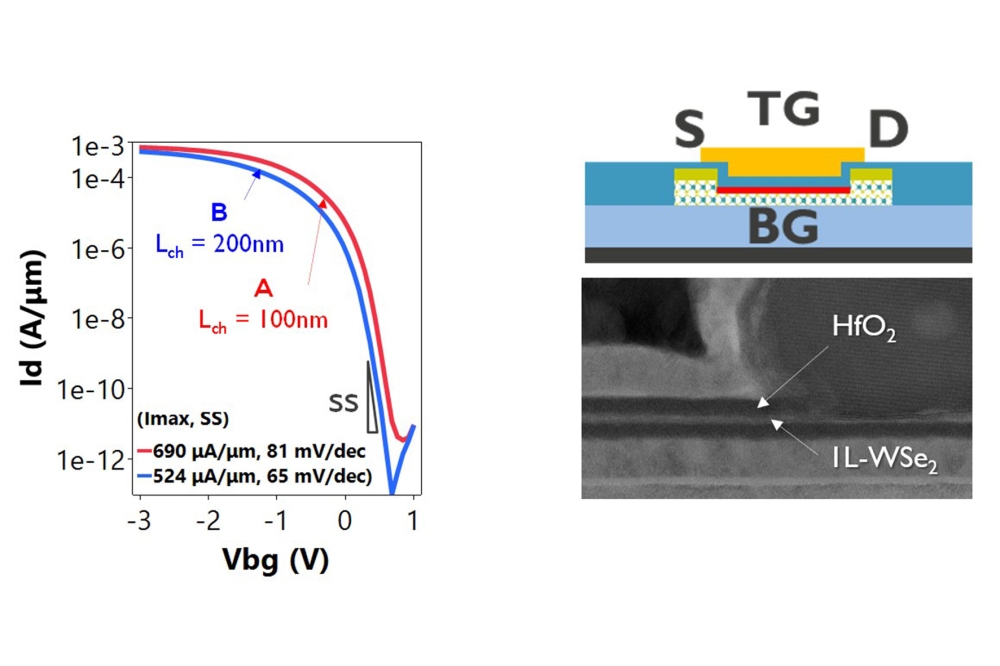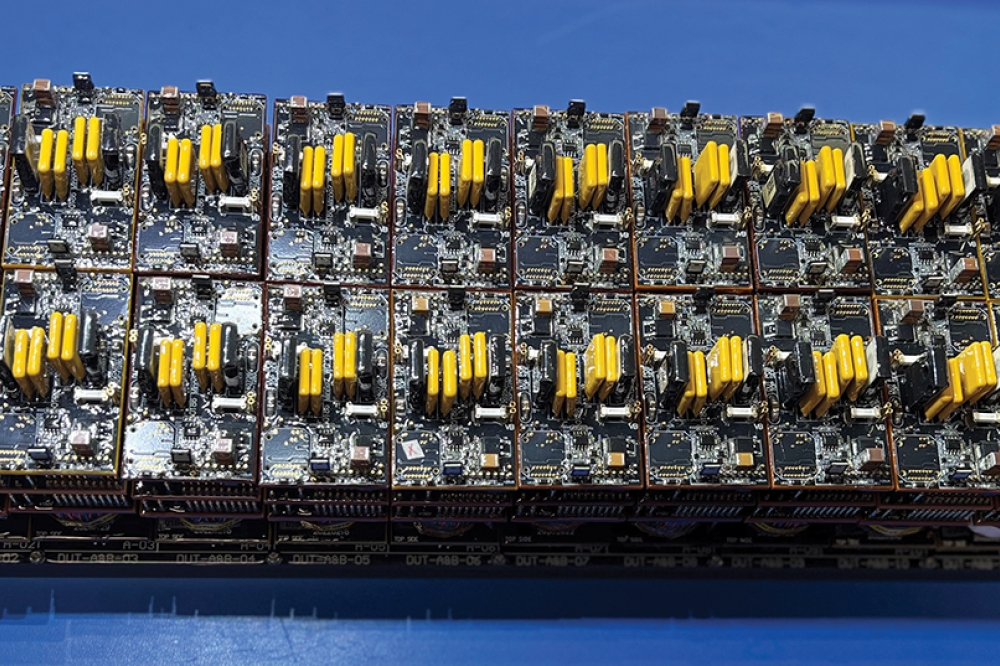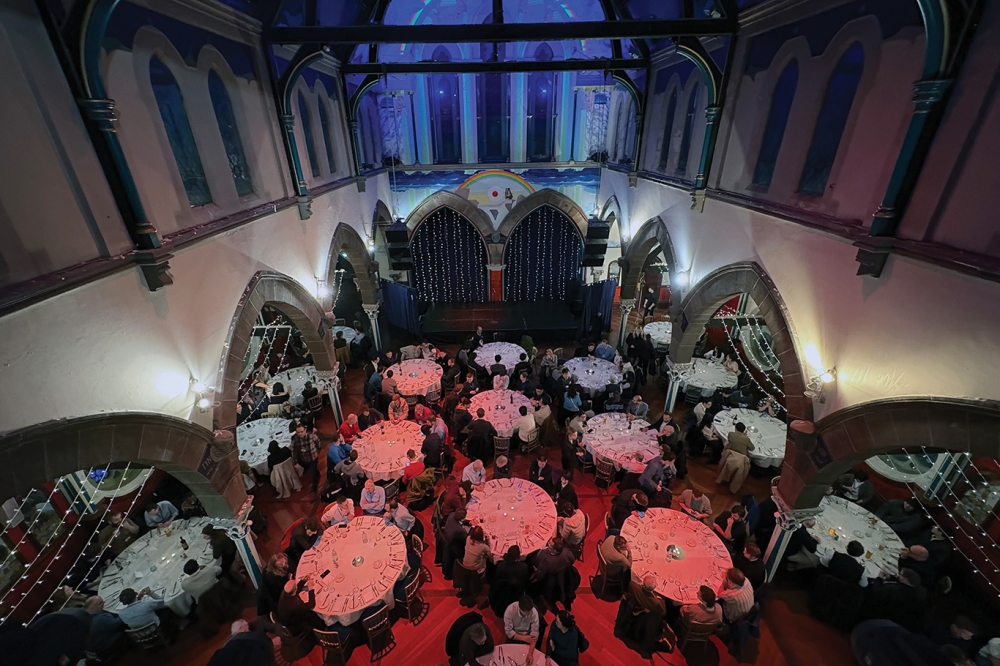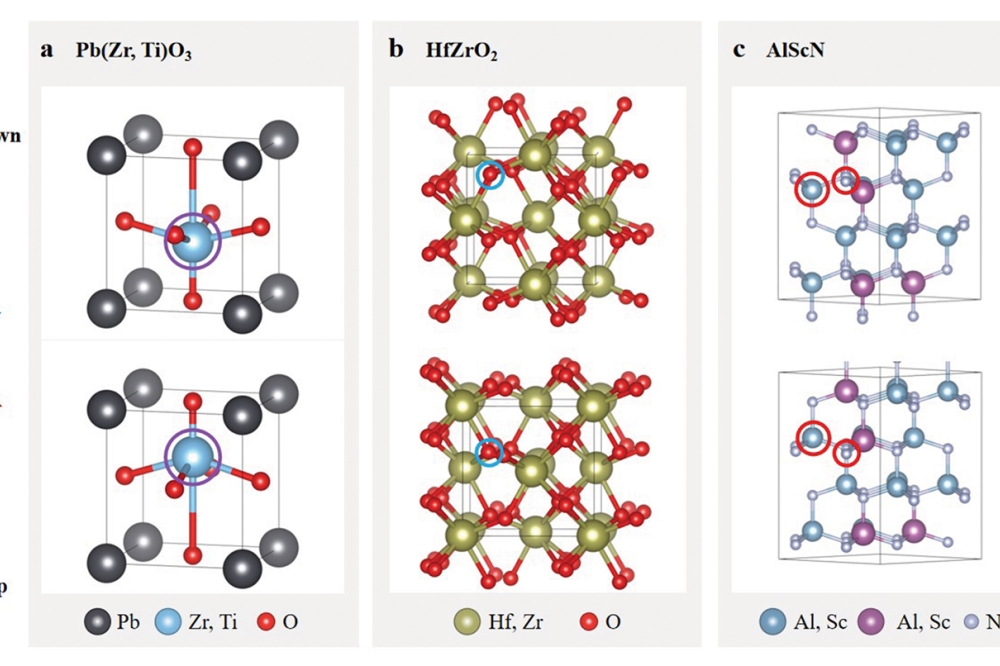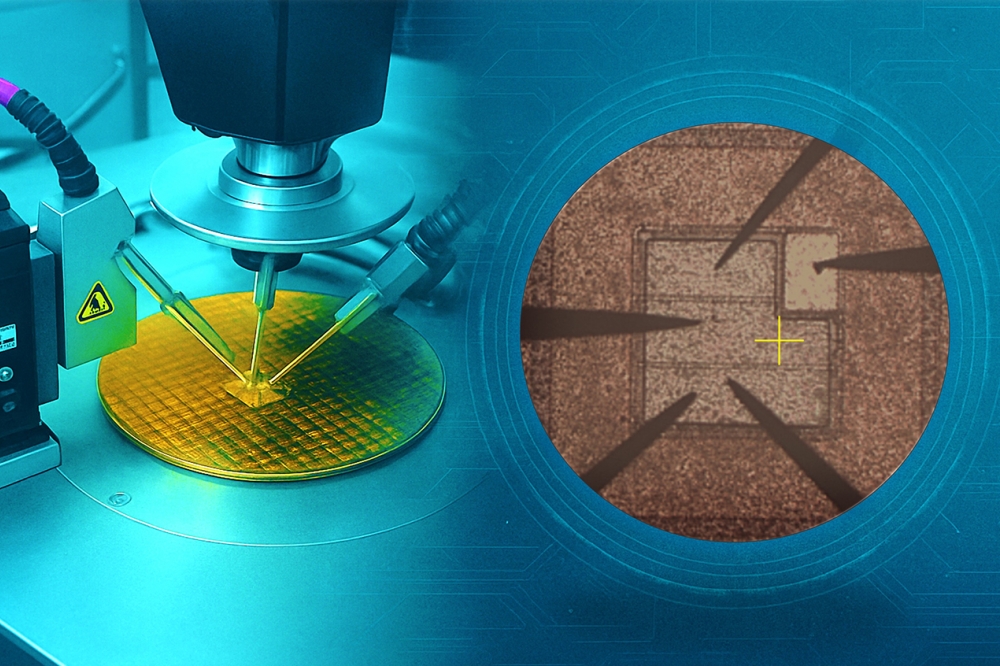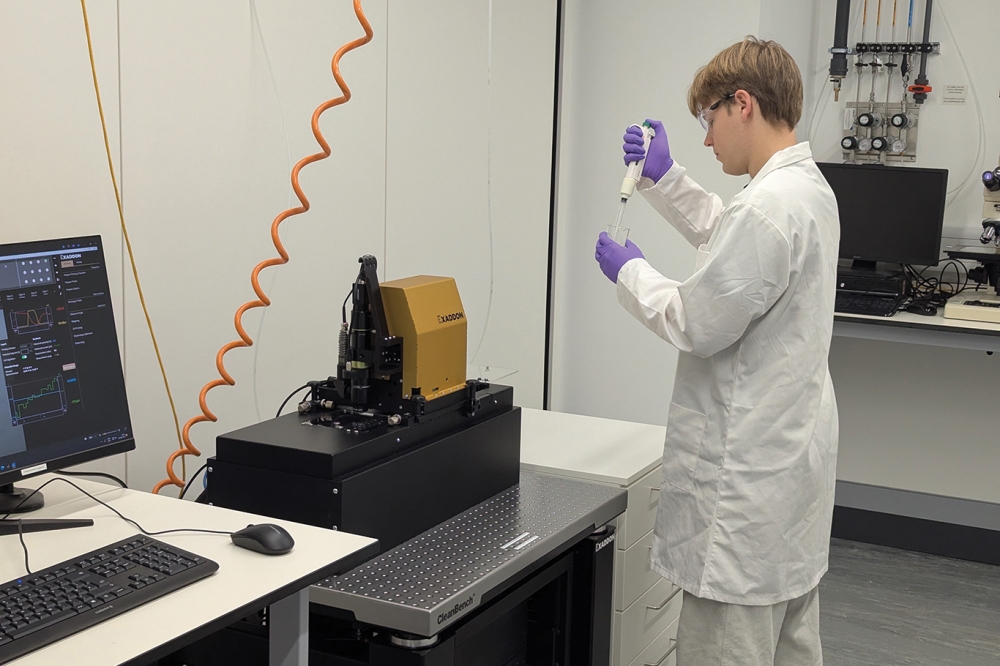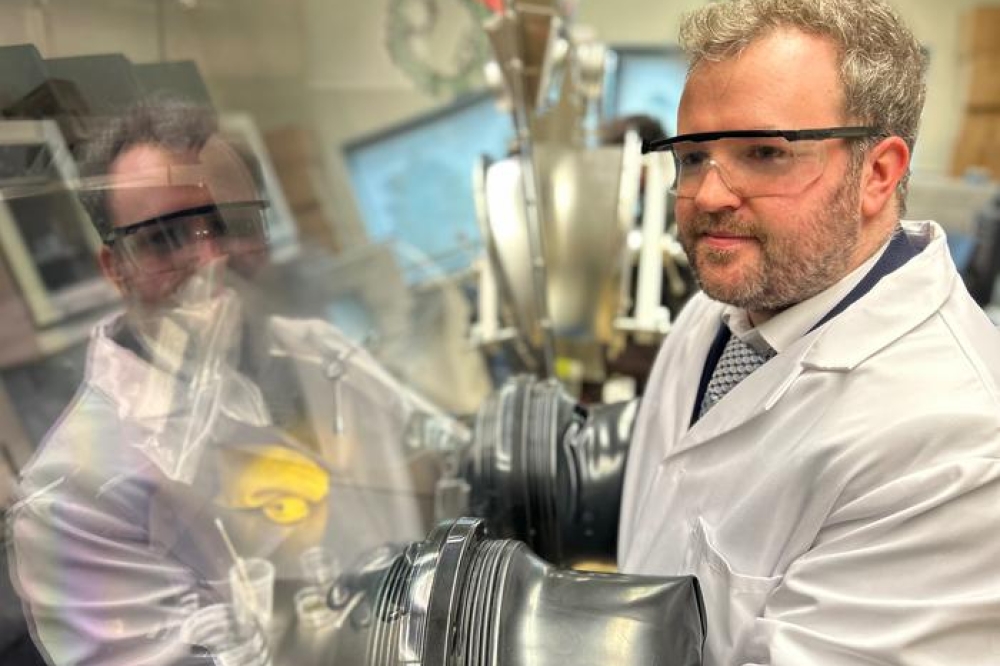Singapore-MIT group to make machines 'see' like humans

The Singapore-MIT Alliance for Research and Technology (SMART) has launched a new interdisciplinary research group focused on developing next-generation 3D-sensing technologies for practical use across industries such as automotive, consumer electronics, aerospace and healthcare, among others.
The multi-million-dollar WISDOM (Wafer-scale Integrated Sensing Devices based on Optoelectronic Metasurfaces) research group will use wafer-scale integration to combine three separate elements: optical metasurfaces, optoelectronic devices with a focus on LEDs and VCSELs; and silicon CMOS electronics.
Jointly led by faculty from MIT and Nanyang Technological University, Singapore (NTU Singapore), the group will focus on developing ultra-thin, scalable sensing devices to allow machines such as autonomous vehicles and robots to perceive depth, shape and spatial detail safely and with more versatility, much like human vision.
Using this approach, it aims to redefine the capabilities of LiDAR systems to enhance detection accuracy, extend range and field-of-view, and reduce motion artifacts. The group thinks the technology also open the door to new applications like glasses-free 3D displays and high-speed optical communication.
SMART WISDOM will be led by co-lead principal investigators Juejun Hu, professor of materials science and engineering at MIT, and Tan Chuan-Seng, professor of electronic engineering at the school of electrical and electronic engineering at NTU Singapore.
“What makes me really excited about WISDOM is that we're putting together pieces that haven't been combined before – to benefit a ton of industries and use cases. For example, think how a super light and powerful LiDAR system could make trips to planets beyond Mars a reality. It's like having a whole new set of eyes for exploration, and about making the seemingly impossible, possible,” said Juejun Hu.
This, supported by the National Research Foundation (NRF) Singapore under its Campus for Research Excellence and Technological Enterprise (CREATE) programme.


